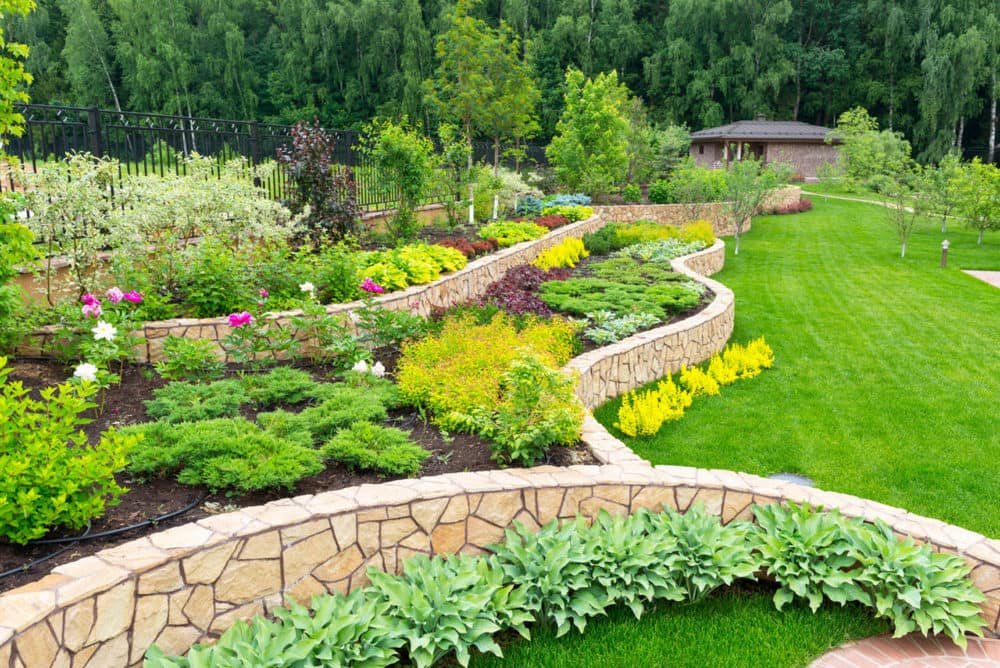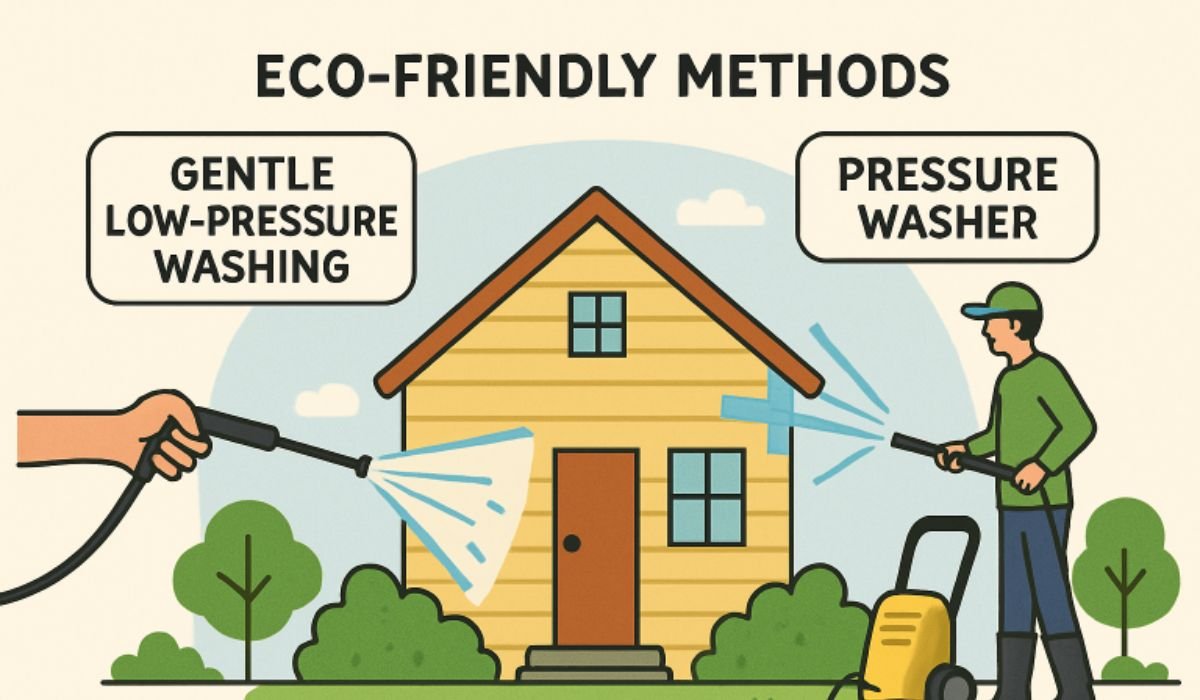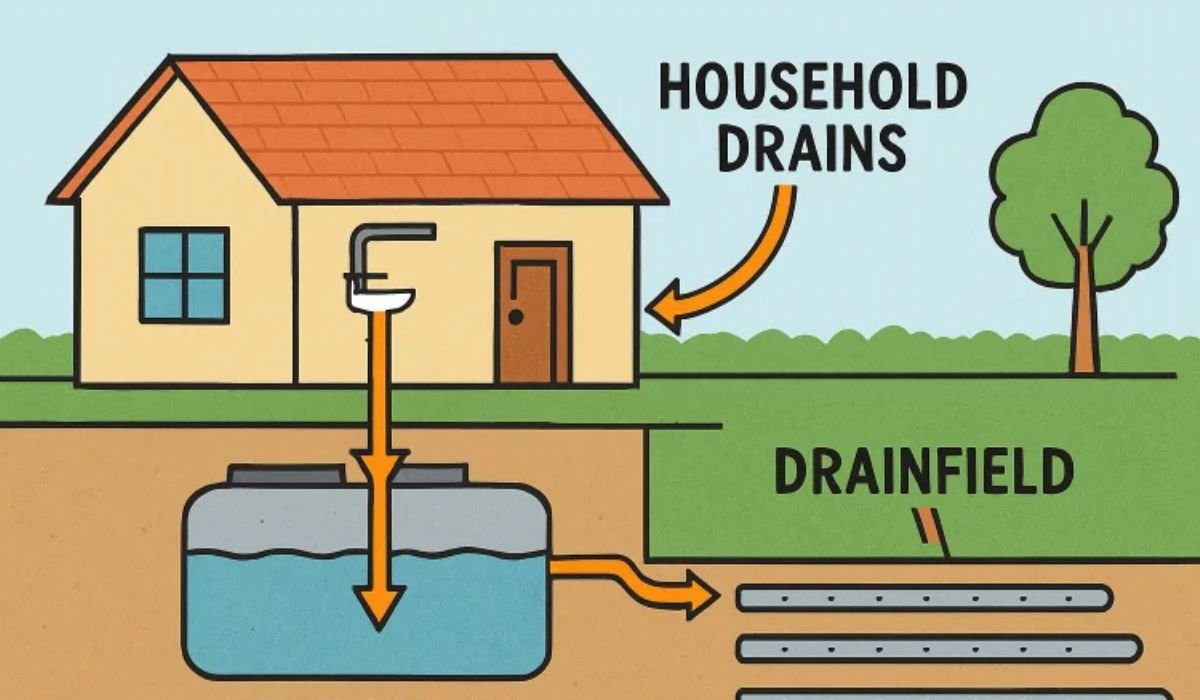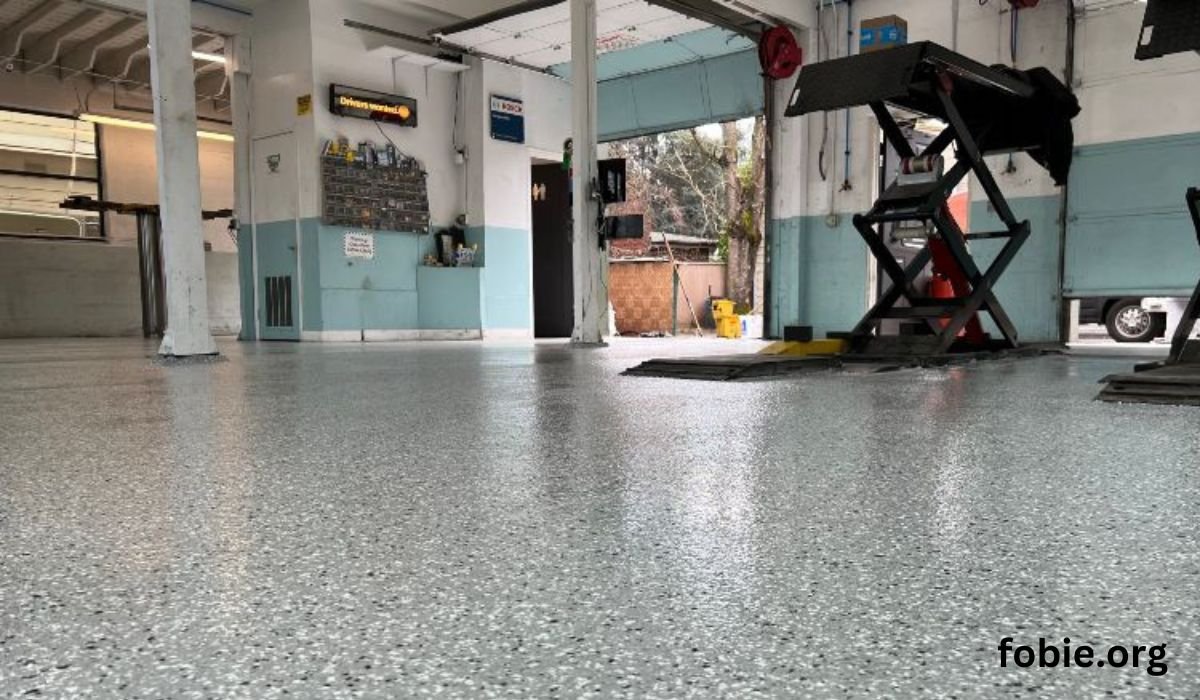The allure of a well-designed outdoor space cannot be overstated. As homeowners seek to maximise the utility and beauty of their property, landscaping solutions come to the forefront of home improvement strategies. Among these solutions, the use of retaining wall blocks has emerged as a versatile and robust option to redefine the contours of gardens and outdoor areas. This article delves into the practical advantages of incorporating retaining wall blocks in landscaping projects, thereby enhancing the usability and aesthetic of one’s outdoor space.
Understanding the Functional Benefits
Retaining walls boast several functional benefits that can transform a landscape’s dynamics. They are primarily used to hold back earth, managing soil erosion and maintaining the delicate balance of a garden’s terrain. Whether one’s plot sits on a gentle rise or a steep gradient, retaining wall blocks provide structural support, preventing soil from slipping and ensuring that the area remains safe and stable for use.
Expanding Usable Land
By installing a retaining wall, homeowners can create levelled areas on sloped land, effectively increasing the usable outdoor space. This is particularly beneficial for properties with challenging topography, where without the presence of a wall, the scope for usage may be severely limited. The additional flat surfaces made possible by retaining wall blocks can be utilised for a variety of purposes, from patios and play areas to vegetable gardens and outdoor seating.
Bolstering Aesthetic Appeal
Aside from their utilitarian function, retaining walls add a distinctive charm to the landscape design. Blocks come in an assortment of materials, textures, and colours, granting homeowners the opportunity to select ones that complement the overall style of their garden and home. Aesthetically, these walls produce a clear demarcation of space, giving structure and visually pleasing lines to the landscape.
Longevity and Durability
Modern retaining wall blocks are designed to endure. They are resilient against weather conditions and the pressure exerted by the soil they are holding back. High-quality blocks require minimal maintenance and, when installed correctly, can last for decades, making them a wise investment for long-term landscaping projects.
Design Considerations for Retaining Walls
A well-thought-out design is vital for the success of any landscaping feature. When planning a retaining wall, it is important to consider the height, length, and location of the wall in accordance with the landscape’s needs. Working with the natural contours of the land, rather than against them, will yield the best results both functionally and aesthetically.
Incorporating Retaining Wall Blocks into Garden Features
Contacting a landscaping professional or a company specialising in retaining wall block solutions is often the first step in integrating these structures harmoniously within an outdoor space. The placement of a retaining wall could serve as the perfect backdrop for a terraced garden or become a part of a multi-tiered outdoor living area.
Blending Form with Function
One must not overlook the practical considerations, such as drainage and soil reinforcement, during the design process. Retaining walls should be constructed not only to look good but also to function optimally. Properly addressing these technical aspects can prevent issues such as water buildup or wall displacement over time.
Choosing the Right Blocks
The selection of the appropriate retaining wall blocks is critical. Homeowners should seek options that not only endow aesthetic appeal but also possess the strength to withstand the specific demands of their land’s topography and climate. Consulting with experienced professionals can aid in making the right choices based on a thorough assessment of the site.
Professional Installation for Optimal Results
While some may consider building a retaining wall a DIY project, the intricacies of proper installation often necessitate professional intervention. An expert in the field will ensure that the wall is built to the highest standards, with attention paid to foundational depth, backfill material, and adequate drainage solutions.
Aligning With Local Regulations
It is essential to be mindful of local construction codes and regulations, as these may influence the design and installation process. Obtaining the necessary permits and following guidelines can avoid legal complications and guarantee that the wall is safe and up to code.
Working with a Reputable Company
Investing in a reputable company that specialises in retaining wall blocks is a prudent decision that can save both time and money in the long run. Such companies often offer not just high-quality materials but also invaluable expertise in crafting a retaining wall that aligns perfectly with one’s outdoor landscaping vision.
Ongoing Maintenance and Care
Post-installation, retaining walls demand minimal but consistent care. Regular checks for any signs of wear or damage, such as cracks or bulges, can pre-empt any future problems. Remember, a solidly constructed wall with occasional upkeep can continue to enhance a landscape for many years to come.
Conclusion
Through the strategic use of retaining wall blocks, homeowners can fundamentally enhance their outdoor spaces. These robust structures not only secure slopes and prevent soil erosion but also add usable space and aesthetic value to any property. By combining the right design, selection of materials, and professional installation, retaining walls can become a pivotal feature in the grander tapestry of one’s garden and outdoor area. As such, retaining walls serve not just as a symbol of practical landscaping but as a testament to thoughtful and creative outdoor space maximization.











